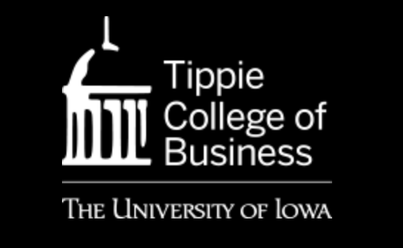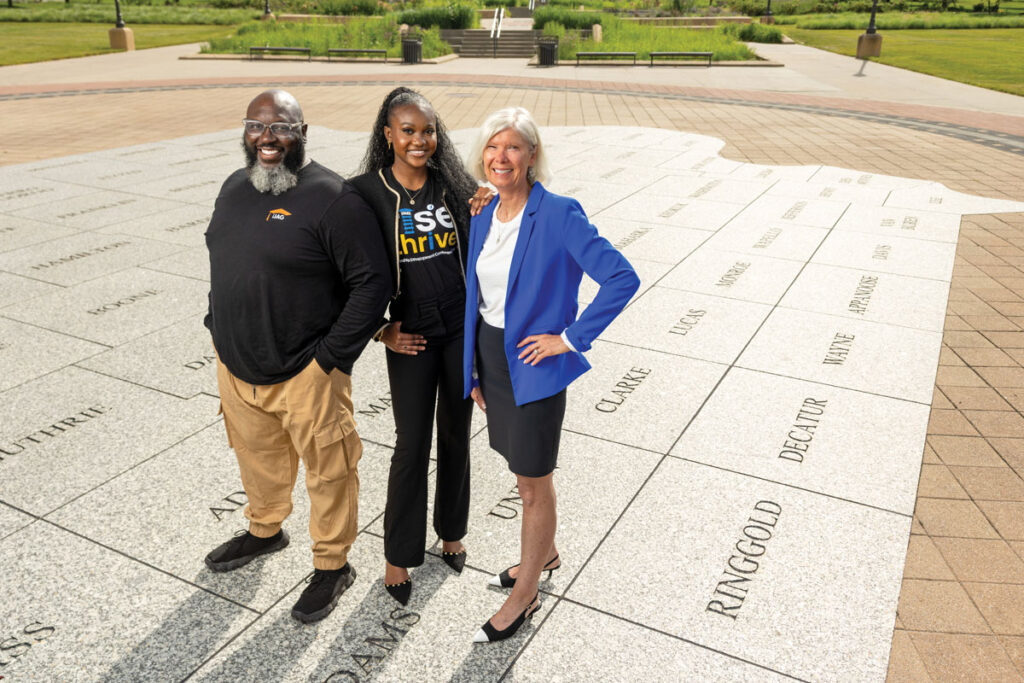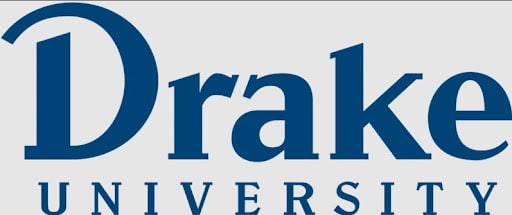Workforce training reimagined
Career and technical education model made for trades emerging in more fields as employer needs grow

SARAH BOGAARDS Jul 26, 2022 | 3:42 pm
8 min read time
1,992 wordsBusiness Record Insider, Education, HR and Leadership
The Future Ready Iowa initiative has maintained a goal that by 2025, 70% of Iowans will have some training or education beyond high school in order to meet economic needs.
The urgency of employers avidly searching for available workers in the short term is placing more importance on securing the long-term talent pipeline and retaining graduates trained in Iowa.
Why 70%? The figure was determined after a 2015 report by the Georgetown University Center on Education and the Workforce projecting the state’s workforce and education demands concluded that 68% of jobs in Iowa would require education beyond high school by 2025.
Also among the data was the statistic that by 2025 the plurality of jobs in Iowa, or 39%, are projected to be so-called “middle-skill” jobs that require more training than a high school diploma but less than a bachelor’s degree.
The type of training prepared to meet the future influx of middle-skill jobs is career and technical education, which often includes community college degree and certificate programs and professional certifications. These pathways can also lead to work-based learning experiences like Registered Apprenticeship programs.
Over time, characteristics of career and technical education, including accessibility to in-demand careers, job-specific education and hands-on opportunities in the workplace, have made it applicable to more careers and are influencing how employers can recruit, train and retain new workers in the future.
Jeremy Varner, administrator of the Iowa Department of Education’s community colleges and workforce preparation division, said detecting the future need for middle-skill careers back in 2015 has since driven the state’s efforts to support technical education, like the Last-Dollar Scholarship program, which covers remaining tuition costs for students pursuing qualifying high-demand careers.
Varner said career and technical education became prominent in the United States in the 1950s when there was a push to get more workers into technical careers to keep pace with the Soviet Union. Since then, demand has risen in response to technological advancement and batches of newly created jobs.
In health care careers, for one, more specialized technologies and processes have catapulted the need for middle-skill workers. The Georgetown University report projected that 67% of health care support job openings in Iowa will be middle-skill positions, compared with 37% of all job openings in Iowa.
Community colleges have been the home base for career and technical programs in health care or education — until now. New state-funded Registered Apprenticeship programs intend to expose high school students to the in-demand fields earlier and form the beginning of a long-term talent pipeline.
The report also projected that the top two careers growing the fastest between 2010 and 2025 will be in the health care field, but in third place was STEM. Career and technical education programs in STEM fields are mostly concentrated in information technology, but the overlap between STEM jobs leaves options open for programs that build on related skills.
Fields using technical education are changing but the skilled trades industries have had a long head start. Many other middle-skill jobs are expected to be in the construction and manufacturing sectors.
Also, most of the recipients of this year’s more than $3.6 million in state funding supporting the creation or expansion of Registered Apprenticeship programs are companies specialized in construction, trades or utilities.
Current data shows Iowa is getting closer to reaching its goal on the number of middle-skilled workers.
Iowa Workforce Development’s most recent Laborshed Survey found that the proportion of Iowans who have completed certificates of education or training beyond high school reached 62.1% in 2021.
But IWD spokesperson Jesse Dougherty said in a statement to the Business Record that a result of the pandemic has been that some people did not complete their formal education program but did participate in other job-related training.
The same survey showed 71.4% of Iowans had completed certificates or “received some smaller amount of postsecondary education or training and declared it to have added value to their career path,” the statement said.
Why career and technical education works for workforce
What it means to get postsecondary education or training is, if anything, not what it used to be.
Jenny Foster, academic dean for industry and technology at Des Moines Area Community College, has been overseeing career and technical education at DMACC since 2013. She said that in recent years, students and parents are seeing that career and technical training and careers are viable paths, in part because of supportive state programs.
DMACC’s catalog contains 204 career and technical education programs, 47 of which were added in the last five years.
Foster primarily oversees the manufacturing, transportation and building trades programs but others not traditionally considered for technical include agribusiness, early childhood education, culinary arts, hospitality business and graphic design.
With the variety of options available, the programs also offer flexibility for students no matter what their current needs and lifestyle are.
“We try to make sure all of our credentials are stackable,” she said. “We have some students who might say, ‘I can’t commit to two years, but I can give you a semester. What can I do in a semester?’ So they take some classes, and then they’re like, ‘OK, that worked out. I can do that. What can I do next?’”
Especially for adult learners who may be returning to get new training or change careers, the flexibility makes it easier to see that furthering their education is possible.
Varner said technical education has also proved itself to successfully provide quality training in a short amount of time.
“I think [career and technical education] is the answer for workforce training because it’s scaled,” he said. “We have tens of thousands of students and career technical programs in all parts of the state. If you want to train people for high-demand careers, particularly the long-term training, career and technical education is the way to do that. … The data is pretty clear about the results that we get out of the programs in terms of the volume, in terms of student success, and ultimately employers are satisfied with the workers that they’re getting.”
In the 2020-21 academic year, Iowa Student Outcomes data showed most of Iowa’s 15 community colleges surpassed their target performance in post-program retention and placement and the percentage who earned a postsecondary credential.
The “stackable” credentials also support retention because of opportunities for advancement within the same industry, including up to a bachelor’s degree if they choose.
Career and technical programs “aren’t terminal or dead ends,” Varner said. “You can get an industrial maintenance degree and then get a bachelor’s of applied studies from UNI. Generally we want programs to ladder up and students to get as much as they can because that’s going to create a more productive workforce for Iowa.”
Kristopher Byam, Registered Apprenticeship program coordinator at Iowa Workforce Development, said Iowa will continue to see businesses keep open minds about adapting training models like technical education and registered apprenticeships, in addition to identifying or even creating new ones.
“There needs to be modifications in what we’re doing in general because I think what we’re finding is that businesses are looking for innovative ways to train and help support people and create their talent pipeline,” Byam said.
Employers and industry partners provide critical input for community colleges so programs are developed and tailored to the region’s needs.
DMACC’s new technical programs this fall include two electrical utility technology programs developed with MidAmerican Energy, Alliant Energy and the Municipal Utilities Association to address needs in Central Iowa.
“That is a great partnership because MidAmerican and the Municipal Utilities Association are actually opening up their facilities so our students can take classes there,” Foster said. “These programs are really expensive to run … so when we have employers that are coming in to step in to help support the program in that way, that is just a win-win.”
Indian Hills is embarking on a two-year, $28 million remodel of its Centerville campus with several program additions in welding, truck driving and health sciences to go with it. An industrial maintenance program was added two years ago in response to demand from industry partners.
Noel Gorden, executive dean of the Centerville campus and academic services at Indian Hills Community College, said Indian Hills’ industry partners have a strong role in connecting with students on campus and helping the college be “nimble” with its programs.
“I think it’s surprising to people what the amount of industry we have in Appanoose County is. … So when we’re talking about the career side of things, students can get that start here,” Gorden said. “They don’t have to go far away … and they are going to stay in this area. More than 80% of Indian Hills students stay in the 10-county region.”
Next steps in thinking ‘innovatively’ about talent
Both employers and the academic side can start planning for the workforce in 2025 and beyond by being strategic with investments and proactive in creating talent pipelines.
Iowa State University professor of economics John Winters said with skills becoming increasingly specialized and technical, more responsibility is placed on employers to invest in on-the-job training in the right places.
“If it’s a very specific skill, to some extent employers probably do need to engage in a certain amount of on-the-job training and apprenticeship [and] paying workers to gain those skills. The more general it is, the more that workers themselves should invest in the skill,” he said.
At the same time, Varner said with employers that “need people desperately” the general career skill set supplied by formal education programs is key to retaining a stable workforce.
“The hope is that we get people with skill sets that will carry them beyond the current economy through the next recessionary period so they’re not needing to come back and be unemployed or unable to find stability,” he said. “We want people to have those durable skill sets that will serve us in the labor market for a long time.”
Having set goals for the future workforce in 2025 and beyond has cleared the way to devise creative solutions, one of which is career exploration and exposure efforts for high school students.
College and career-transition counselors are showing strong results in helping students navigate career options, Varner said. Winters said guidance and more information on postsecondary options is simple but vital for students.
“Let’s say [a young person] is interested in skilled trade. Well, what skilled trade? And how are they going to know they’re going to like it? How do they know it’s actually going to get them a job?” he said.
The resources of community colleges and Registered Apprenticeship programs are also coming to high schools.
Career academy programs on the Indian Hills Centerville campus serve high schools in surrounding communities, and a recent $500,000 grant from the state’s Career Academy Incentive Fund is supporting expanded and new programs and increased capacity.
Especially in rural areas, Varner said career academies thrive because multiple school districts can partner to provide a resource they couldn’t support individually.
Concurrent enrollment also provides more time to earn money or credentials and gain on-the-job experience to apply later.
Some students have earned credentials or diplomas before graduating from high school, Gorden said.
In the new Teacher and Paraeducator Registered Apprenticeship program, Byam said getting on-the-job experience in high school minimizes student teaching requirements later, lowering the intensity of the program.
Across the board, Byam said Iowa is showing creativity in tackling workforce education in new ways.
“As a state, we’re really starting to evolve and look at things differently and more innovatively to help support workforce development,” he said.










